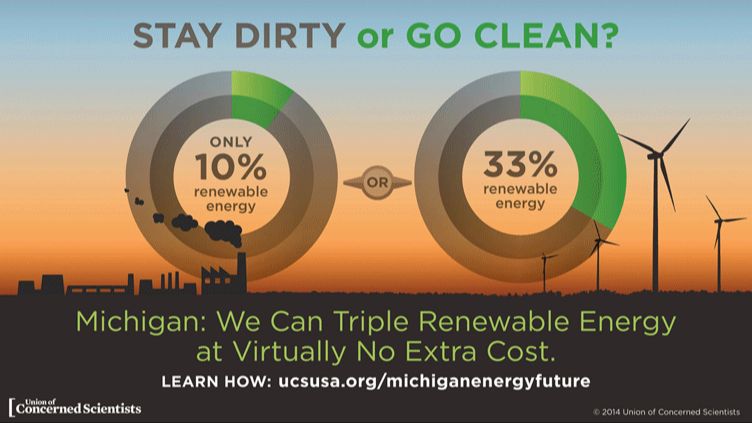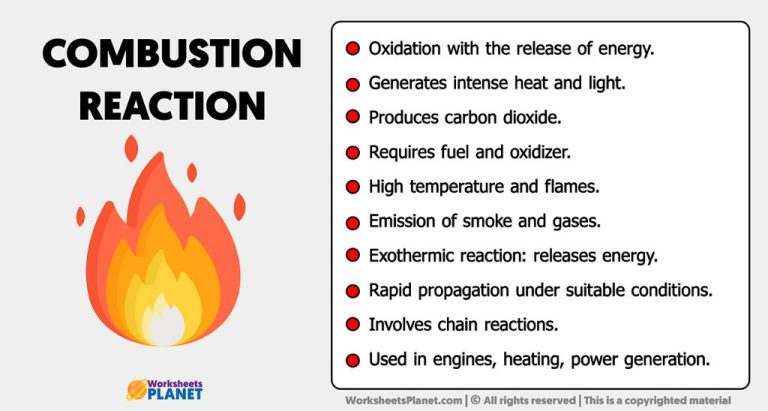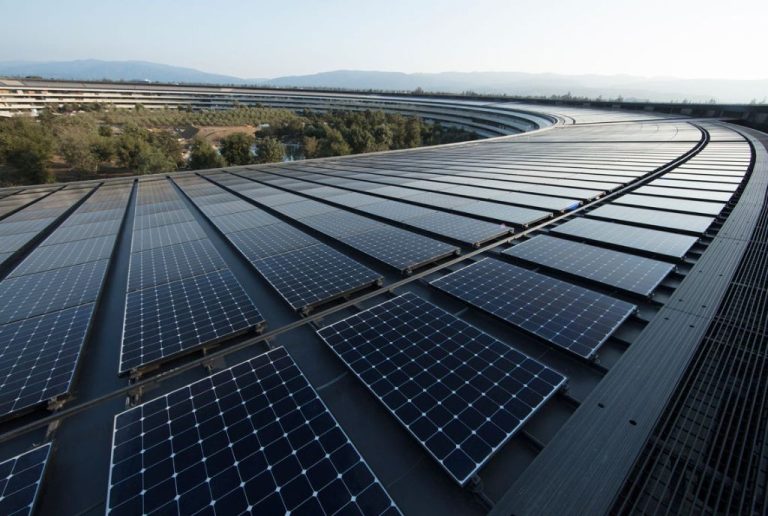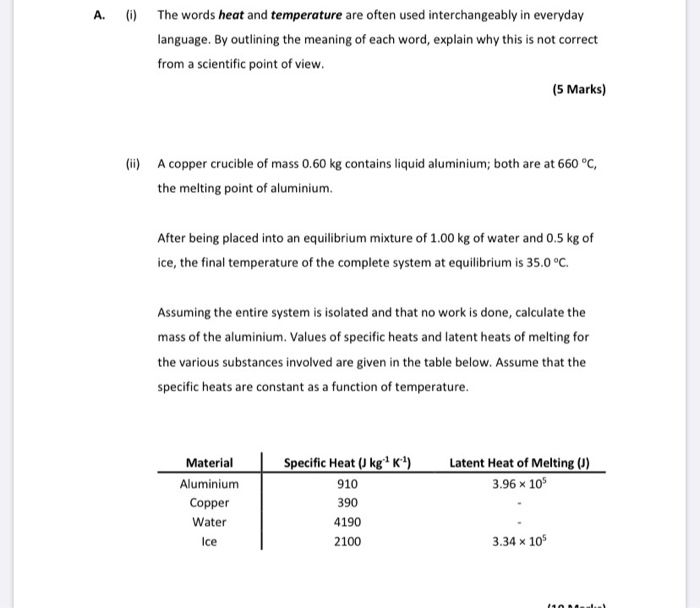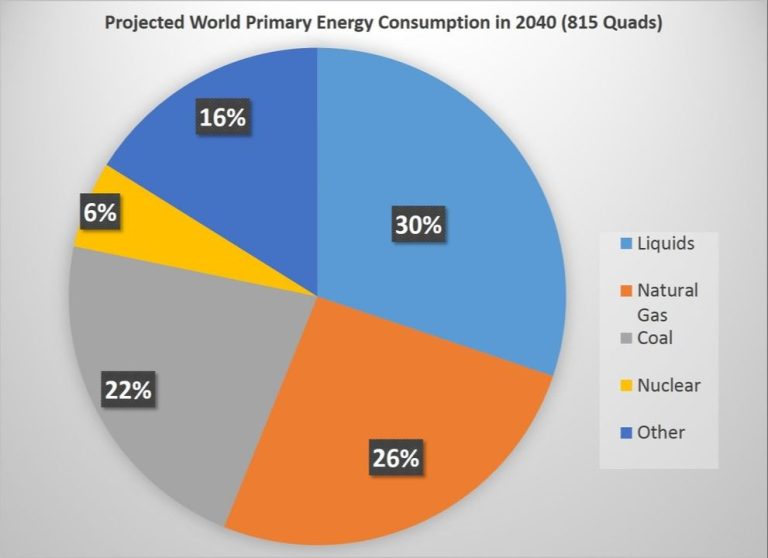How Long Is The Tesla Factory In Austin?
The purpose of this article is to provide an overview of Tesla’s Gigafactory Texas, examining key details such as the factory’s size, manufacturing capabilities, facilities, economic impact, and future expansion plans. Tesla’s Austin Gigafactory is a critical facility for the electric vehicle maker, enabling increased production of the popular Model Y SUV as well as Tesla’s next-generation Cybertruck.
History of the Austin Gigafactory
In July 2020, Tesla announced plans to build a manufacturing facility in Travis County, Texas, just outside Austin.[1] This would become Tesla’s fourth gigafactory for electric vehicle and battery production.
Construction on the Austin gigafactory began shortly after the announcement in July 2020.[1] Despite the challenges of the Covid-19 pandemic, Tesla made rapid progress on construction throughout 2020 and 2021. Major milestones included laying the building foundations in August 2020, starting exterior wall assembly in October 2020, and completing the exterior structure in May 2021.[2]
Tesla built the Austin gigafactory in partnership with several major construction firms including Baseline Construction, Martin Construction, Bellows Construction, and Hensel Phelps.[3] The factory occupies a 2,000-acre site and has over 10 million square feet of floor space, making it one of the largest buildings in the world by footprint.
Limited Model Y production began at the factory in late 2021 before full-scale manufacturing kicked off in early 2022.[1] The first deliveries of Texas-made Tesla vehicles to customers began in April 2022.[4]
[1] https://en.wikipedia.org/wiki/Gigafactory_Texas
[2] https://manufacturingdigital.com/digital-factory/timeline-teslas-construction-gigafactories
[3] https://history-computer.com/a-guide-to-all-of-teslas-gigafactories-and-where-they-are-located/
[4] https://history-computer.com/a-guide-to-all-of-teslas-gigafactories-and-where-they-are-located/
Size and Scope
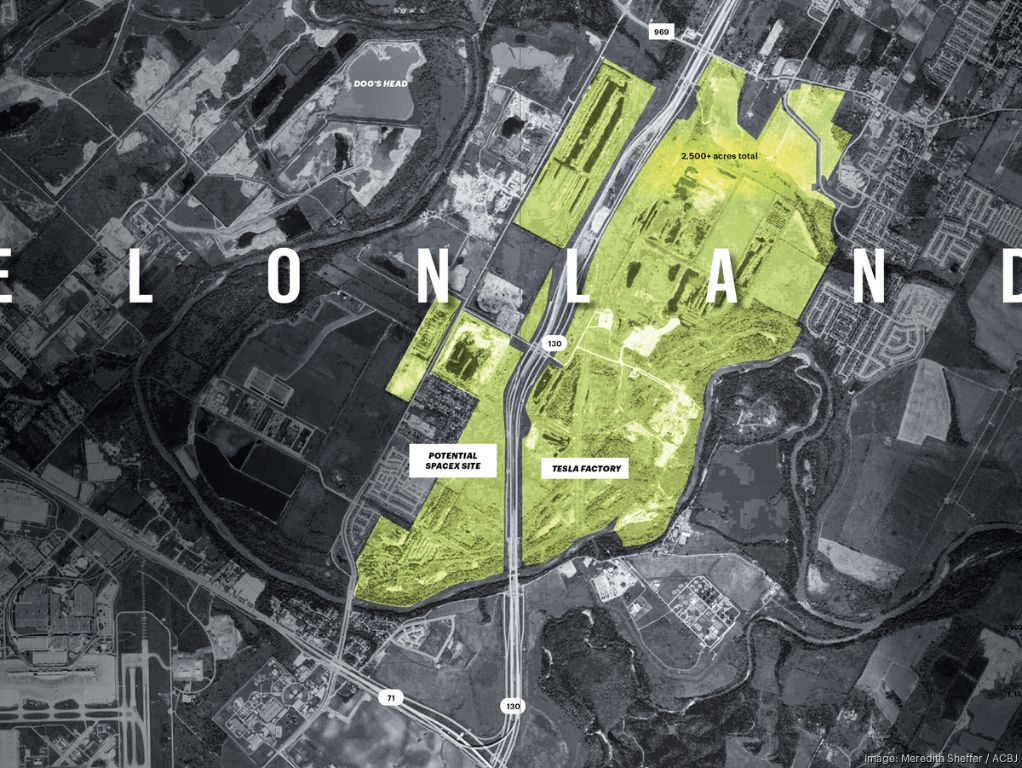
The Tesla Gigafactory in Austin, Texas is a massive complex spanning over 2,500 acres. According to Wikipedia, the initial phases of construction totaled nearly 3 million square feet of manufacturing and operational space [1]. In September 2022, Tesla announced an expansion adding another 500,000 square feet to the factory [2], bringing the total size to over 3.5 million square feet.
The factory site contains multiple buildings dedicated to various functions like production, warehousing, and administration. Phase 1 alone included four large structures labeled 1A, 1B, 1C and 1D. The most recent expansion added a fifth building known as Building 5 [2].
In total, the Tesla Gigafactory Austin occupies approximately 2,500 acres or nearly 4 square miles of land. It is one of the largest manufacturing facilities in the United States and the largest footprint of any Tesla facility worldwide.
Manufacturing Capabilities
The Tesla Gigafactory in Austin is designed to manufacture the Model Y and Model 3 vehicles. According to InsideEVs, the factory’s annual production capacity is expected to reach over 375,000 vehicles. Tesla started production of the Model Y at Giga Texas in April 2022 and has steadily ramped up output over the past year.
The manufacturing process at Giga Texas utilizes Tesla’s expertise in automation and optimized production. Vehicle bodies move down the assembly line on autonomous robots while workers add key components like seats, batteries, and motors. Advanced manufacturing techniques like this enable high volumes of production while maintaining quality standards.
In May 2023, Tesla achieved a milestone 5,000 Model Ys produced in a single week at Giga Texas, reflecting an annualized production capacity of around 250,000 vehicles. Tesla continues working to expand capacity at the factory and achieve even higher weekly production totals going forward.
Facilities and Amenities
The Tesla Gigafactory in Austin has state-of-the-art facilities and amenities for employees. Some of the highlights include:
Cafeteria: There are two large cafeterias on-site that offer a variety of meal options for breakfast, lunch, and dinner. The cafeterias utilize local vendors and focus on fresh, healthy ingredients (https://www.tesla.com/giga-texas).
Gym: A massive on-site fitness center is available with strength and cardio equipment, workout classes, and personal trainers. Employees can take advantage of the gym before, during, or after work shifts (https://www.youtube.com/watch?v=SFdJHq0v1ew).
Office Space: The factory has modern, open-concept office spaces designed to encourage collaboration. Natural lighting, sit-stand desks, and ergonomic equipment aim to provide a comfortable work environment (https://www.mountbonnell.com/visiting-austin/visiting-the-tesla-giga-factory-in-austin-texas).
Parking: Vast parking lots provide thousands of parking spaces for employees. Shuttle services take workers from the parking areas to the factory entrance (https://www.youtube.com/watch?v=SFdJHq0v1ew).
Sustainability: The factory implements sustainable building practices, including a rainwater collection system, solar panels, and native landscaping. Tesla aims for net zero water usage at this location (https://www.tesla.com/giga-texas).
Economic Impact
The Tesla Gigafactory in Austin has had a significant positive economic impact on the area since construction began in 2020. As of late 2022, Tesla reported that the factory has supported over 15,000 jobs in Travis County, according to an article published on KVUE. Many of these new jobs are high-paying engineering and technical positions that provide opportunities for local residents.
In addition to direct Tesla jobs, the company estimates its operations have created thousands more positions through contracted construction work and other services. The gigafactory is expected to employ up to 10,000 workers when fully operational.
Local economic development officials project the total economic activity generated by the factory has already exceeded $2 billion, according to Community Impact Newspaper. This includes tax revenues and ancillary business growth.
To attract Tesla’s investment, Travis County and the Del Valle School District approved tax breaks worth over $60 million. The incentives are tied to Tesla meeting hiring and investment milestones. Supporters say the long-term tax base expansion will offset the temporary incentives.
Overall, the gigafactory serves as a major job creator for the Austin region and provides an economic boost, especially for the southeastern communities near the site. Tesla’s continued expansion will likely lead to further economic gains in the future.
Technology
The Tesla Gigafactory in Austin utilizes state-of-the-art technology and automation throughout the manufacturing process. According to Inside the Tesla Gigafactory: A Look Into Automation And Innovation, Tesla has implemented advanced manufacturing equipment and a high degree of automation to streamline production. For example, Tesla uses automated guided vehicles to transport parts between workstations without human assistance. Robotic arms precisely weld and assemble components, maximizing quality and efficiency.
Tesla also employs artificial intelligence and machine learning to continuously optimize its automated production lines. As seen in a video tour of Gigafactory 3 in Shanghai, Tesla’s factories extensively use computer vision systems to track and guide each phase of manufacturing. By leveraging automation and AI, the Austin Gigafactory can achieve high volumes of Model Y production with greater speed, accuracy and less labor compared to traditional automotive factories.
Future Expansion Plans
According to an article from CleanTechnica (https://cleantechnica.com/2023/01/21/teslas-huge-expansion-plans-at-giga-texas/), Tesla has major expansion plans underway for the Austin Gigafactory. In recent filings, Tesla outlined plans to invest over $700 million into new construction projects that will significantly increase the factory’s footprint and production capacity.
Some of the planned expansions include adding several new general assembly buildings, a large general assembly 4 building, two more paint shops, two more body shops, and even more castings and stamping buildings. According to Tesla’s filings, these new facilities will allow Tesla to dramatically ramp up production of the Model Y and Cybertruck once construction is completed.
Tesla also has plans for a massive cell manufacturing facility called “Project Roadrunner” that will produce its own in-house 4680 battery cells. This battery production will supplement the existing battery supply from Panasonic and allow Tesla to vertically integrate more of its supply chain.
Overall, Tesla appears poised for massive growth at Gigafactory Texas. With billions budgeted for expansion, Tesla aims to turn the Austin site into one of the largest and most productive auto manufacturing facilities in the world within the next few years.
Comparisons to Other Tesla Factories
The Gigafactory Texas in Austin dwarfs Tesla’s other production facilities when it comes to size and scale. At over 2,500 acres, it is more than twice the size of Gigafactory Shanghai in China, which spans about 865 acres (1). In terms of square footage, Gigafactory Texas will have close to 10 million square feet when complete, compared to about 5.3 million in Shanghai (2).
Compared to Tesla’s original car factory in Fremont, California, the Austin site is gigantic. Fremont is Tesla’s oldest production facility at just 370 acres with about 5.3 million square feet of manufacturing and office space (3). So Austin will be nearly 7 times larger than Fremont in terms of land area.
In Berlin, Tesla’s Gigafactory is under construction on a 300-hectare site, which equates to around 740 acres (4) – far smaller than Austin. The Phase 1 building in Berlin is expected to offer about 1 million square feet of space (5).
So in summary, Gigafactory Texas dwarfs Tesla’s other production hubs in Fremont, Shanghai, and Berlin in terms of sheer land area and facilities. This highlights the grand ambitions Tesla has for manufacturing in Austin.
Sources:
(1) https://electrek.co/2020/07/30/tesla-gigafactory-texas-crazy-potential-size-comparison/
(2) https://www.teslarati.com/tesla-factory-size-comparison-gargantuan-giga-austin/
(3) https://insideevs.com/news/678076/tesla-production-sites-model-assignment-july2023/
(4) https://en.wikipedia.org/wiki/Giga_Berlin-Brandenburg
(5) https://electrek.co/2022/03/11/tesla-giga-berlin-phase-1-building-completed-model-y-deliveries-soon/
Conclusion
In summary, the Tesla Gigafactory in Austin, Texas covers an enormous area of over 4 million square feet, making it one of the largest buildings in the world. Located on a 2,000-acre site just outside Austin, the factory stretches across close to 100 acres of land (https://www.tesla.com/gigafactory-texas). This massive facility will allow Tesla to dramatically increase production capacity for electric vehicles, batteries, and other products. Its size and manufacturing capabilities cement its importance as a core part of Tesla’s growth strategy and its mission to accelerate the world’s transition to sustainable energy.
While impressive in sheer scale, the true impact of the Austin Gigafactory will be enabling more consumers to purchase affordable and sustainable electric vehicles. This factory represents a significant investment in Austin and the state of Texas, bringing advanced manufacturing jobs and technologies to the region. As Tesla continues expanding production at the facility, it is sure to solidify Austin’s reputation as a hub of innovation and become an integral part of the local economy.

